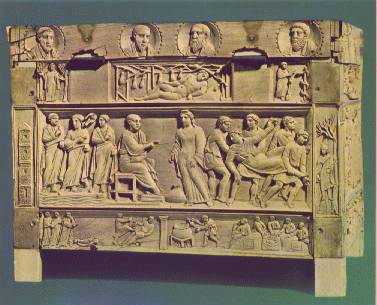![[Loyola University Chicago]](http://www.luc.edu/images/loyola.gif)
CLST 389-01W / CATH 300-01W / HIST 300B-01W / MSTU 398-01W
Classical Backgrounds: Augustine - Writing Intensive
Spring Semester 2012
Dr. Jacqueline Long
Mundelein 308

![[Loyola University Chicago]](http://www.luc.edu/images/loyola.gif) |
CLST 389-01W / CATH 300-01W / HIST 300B-01W / MSTU 398-01W
|

|
| Loyola Homepage | Classical Studies Department | Find Loyolans | Loyola Site Index |

Revised 16 March 2012 by
jlong1@luc.edu
http://www.luc.edu/classicalstudies/